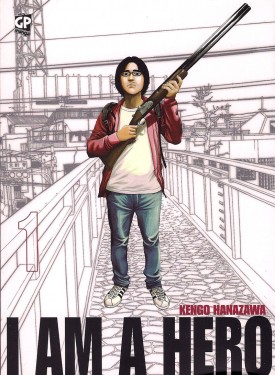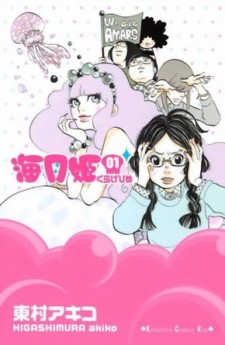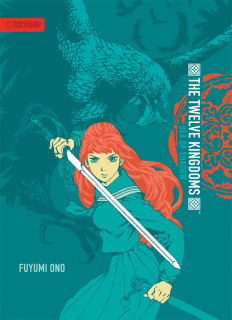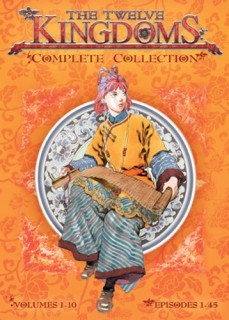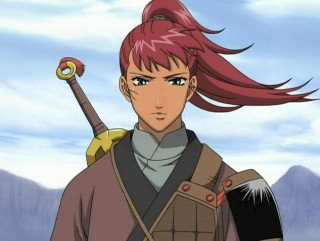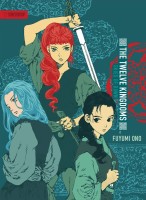This month, I’m reaching into the PopCultureShock vault for a review of Mitsukazu Mihara’s The Embalmer, one of those offbeat titles that Tokyopop published back in the aughts. It’s not hard to see why Tokyopop thought there was an audience for Mihara’s work, as she played an important role in defining the Gothic Lolita aesthetic, both through her contributions to the Gothic & Lolita Bible, and through her manga. Tokyopop licensed five of her works—Doll, Haunted House, IC in a Sunflower, Requiem in Phonybrian, and The Embalmer—but they didn’t really catch on with North American readers. That’s a pity, as titles such as The Embalmer, Doll, and IC in a Sunflower were anything but cookie cutter, tackling difficult subjects with sensitivity and style. (Well, most of the time; some of the stories in Sunflower haven’t aged particularly well.) Readers interested in tracking down The Embalmer should note that Tokyopop only translated four of the seven volumes before canceling the series; used copies are relatively easy to obtain through Amazon and eBay, however. A quick search of WorldCat indicates that there are public libraries around the US that still have copies as well.
Mitsukazu Mihara’s The Embalmer, Vols. 1-4
Story and Art by Mitsukazu Mihara
Published by Tokyopop
Let’s face it: even in a medium known for exploring a diverse array of topics—cooking, Viagra, Linux, vampires—embalming doesn’t sound like a promising subject, yet Mitsukazu Mihara’s gripping manga is less an examination of death and decay than a meditation on how coping with loss gives meaning to life.
The series focuses on embalmer Shinjyurou Mamiya. At first glance, he looks like the quintessential bad boy with his skate punk wardrobe, rock star ‘do, sloppy digs, and fondness for the ladies. That’s certainly how Atzuki Natsui, his housekeeper and love interest, views him. Shinjyurou, however, proves more substantial than his casual demeanor might suggest. In a country where Buddhist custom dictates that bodies be cremated, his profession inspires hostility and suspicion from grieving families and medical professionals alike. Shinjyurou, however, reaches out to skeptics with the argument that embalming is a service for the living, not the dead. By preserving (and sterilizing) the body of a tuberculosis victim, for example, Shinjyurou allows the man’s young son to hug his father goodbye—something that would have been impossible during the man’s final days in quarantine—while Shinjyurou’s reconstruction of a badly mangled ballerina helps her grieving fiance imagine the wedding and professional debut she was denied by a deadly car crash.
Each volume of The Embalmer has a slightly different rhythm; some read like anthologies of thematically related stories, while others contain more conventional, multi-chapter story arcs involving the lead characters. Volumes one and two, for example, consist primarily of vignettes about Shinjyurou’s clients with a sprinkling of chapters exploring his personal life. In volume three, Mihara shifts gears, delving into Shinjyurou’s past to explain how an aspiring medical student from Okinawa ended up studying mortuary science in Pittsburgh. Volume four returns to the same format as volumes one and two, offering both glimpses of the embalming profession and scenes from Shinjyurou’s muddled courtship of Atsuki.
Volume four also includes an afterword from Mihara explaining her interest in embalming. Contrary to what one might expect from a manga-ka best known for her goth-loli motifs and dark themes, Mihara’s curiosity about the practice stemmed from personal experience, not a general fascination with death:
The inspiration for this book came from the death of my friend. Because of the funeral schedule, I didn’t feel like I was able to properly say goodbye. I think embalming is a technique well suited to Japan, where we often have very little time. So the circumstances led me to investigate embalming…
It’s this personal investment in the material, I think, that prevents The Embalmer from shading into ghoulishness or sentimentality. Mihara did her homework on the subject. Each volume includes extras explaining the practice—origins, tools, training—and the difficulties faced by Japanese professionals in a country where cremation is the norm. At the same time, however, each volume contains vivid, poignant scenarios that dramatize the very human need for closure when a loved one dies unexpectedly, showing us how personal tragedy leads to catharsis. Mihara’s highly stylized figures—often rendered with slender, angular frames, coal-black eyes, and dark shocks of hair—and empty backgrounds amplify her characters’ shifting moods from despair to peaceful acceptance.
Tokyopop has done Mihara’s work justice with a smooth, idiomatic translation, helpful notes explaining pop culture references, and a distinctive cover design in a muted palette of green, gray and black. It’s a worthwhile addition to every serious manga fan’s collection, and a fine introduction to the unique art and storytelling of Mitsukazu Mihara.
This review originally appeared at PopCultureShock on September 18, 2007 at http://www.popcultureshock.com/manga-review-mitsukazu-miharas-the-embalmer-vols-1-4/42616/.
 Great news for fans of
Great news for fans of  Everybody’s talking about Tokyopop this week, as the publisher that brought us Mixx, Sailor Moon, and Rising Stars of Manga
Everybody’s talking about Tokyopop this week, as the publisher that brought us Mixx, Sailor Moon, and Rising Stars of Manga 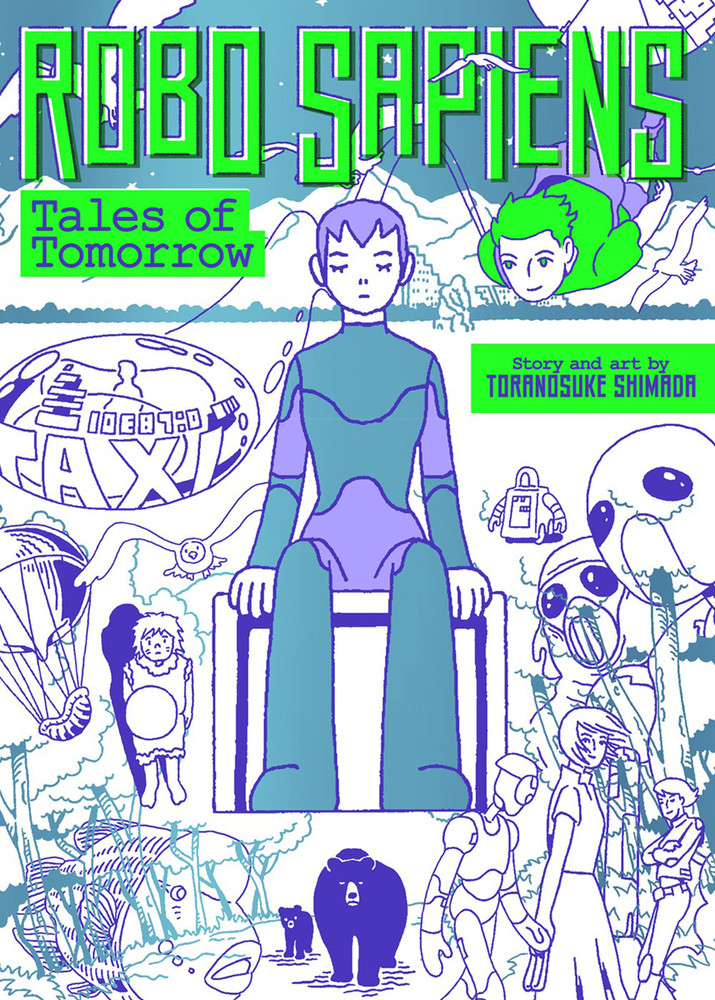 This year’s
This year’s 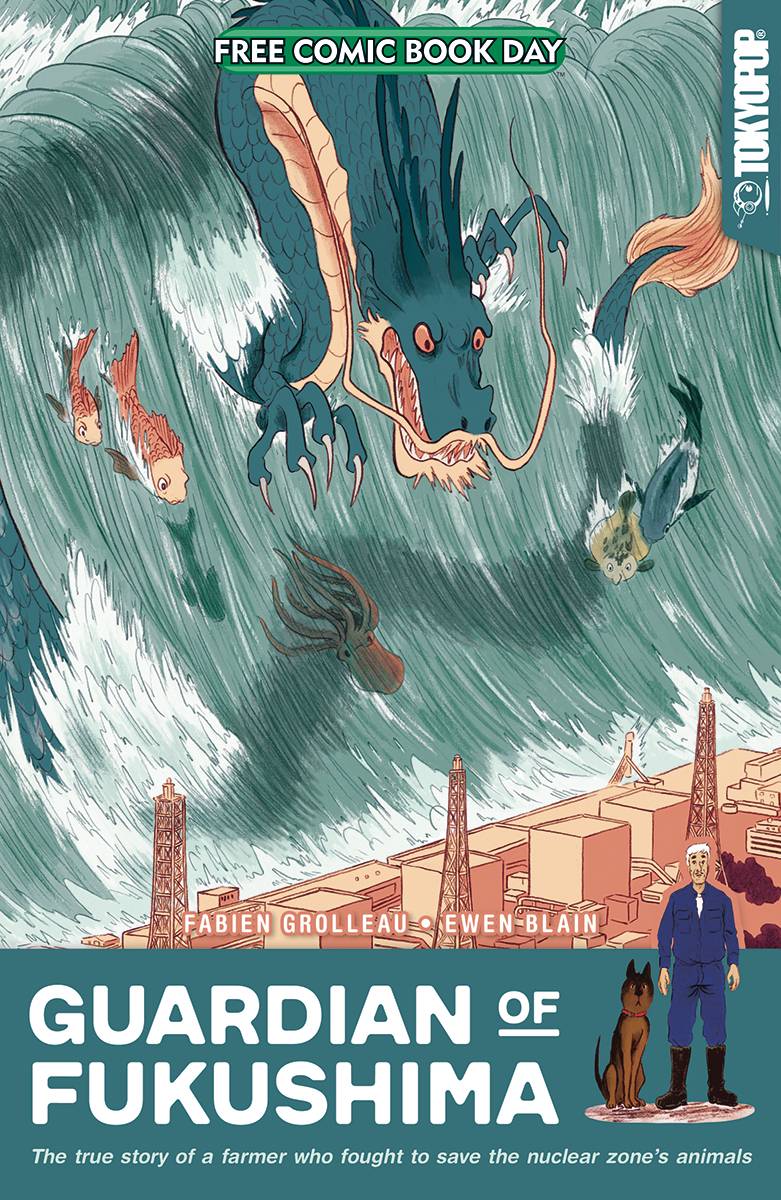 When it comes to manga commentary, I freely admit that I’m more of a reader than a listener.
When it comes to manga commentary, I freely admit that I’m more of a reader than a listener. 